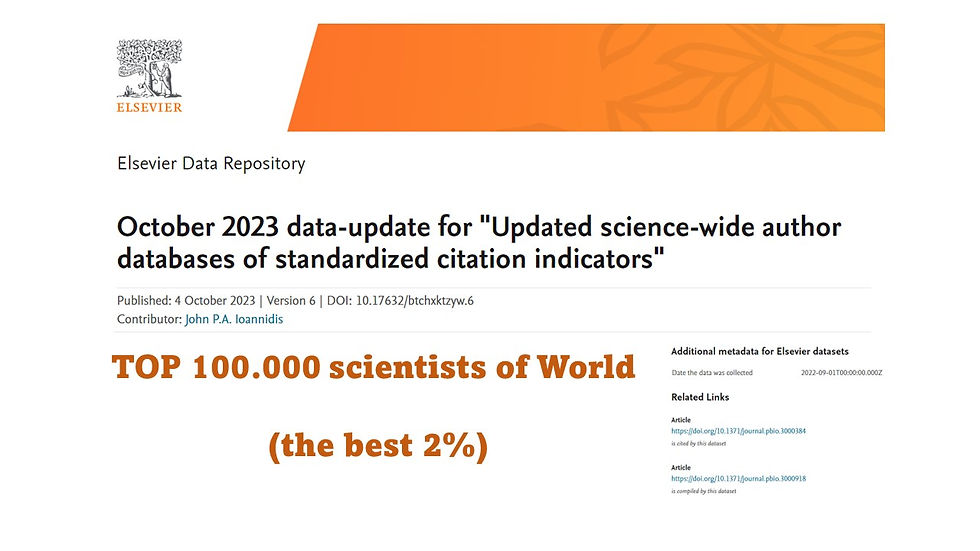Tropical Ecology: lagartas de borboletas alteram a estrutura das flores e atuam como Engenheiras de
- A Ciência que nós fazemos
- 17 de fev. de 2017
- 2 min de leitura

Acaba de ser publicado no importante jornal científico internacional, Tropical Ecology, o estudo:
Florivorous caterpillars act as ecosystem engineers and provide a cool microhabitat for thrips in Peixotoa tomentosa (Malpighiaceae).
De Estevão Alves-Silva, Alexandra Bächtold & Kleber Del-Claro
Tropical Ecology 58(1): 205–209, 2017 ISSN 0564-3295 © International Society for Tropical Ecology www.tropecol.com
As lagartas de borboletas da família Lycaenidae, comumente forrageiam em flores de Malpighiaceae no cerrado, e podem ser atendidas por formigas. As formigas protegem as lagartas contra seus inimigos naturais, mesmo em ambientes onde houve ação do fogo.
A grande novidade deste estudo é que essas lagartas podem alterar a morfologia das flores, ampliando cavidades internas entre as sépalas e pétalas onde outros herbívoros encontram abrigo, especialmente contra inimigos naturais e contra o implacável calor do cerrado. Assim, por modificarem as estruturas do ambiente, interferindo diretamente no modo como outras espécies farão uso do mesmo (nesse caso Thysanópteros), essas lagartas de borboletas podem ser então consideradas, Engenheiros de Ecossistemas.
Este estudo pioneiro abre uma janela de oportunidades para poutros estudos no cerrado e nos trópicos.
Abstract: We investigated the role of florivorous lycaenid butterflies in creating microhabitats available to occupation by thrips (Pseudophilothrips) in Peixotoa tomentosa (Malpighiaceae). Both insects feed on flower buds, but thrips are suckers, whereas caterpillars chew the internal part of flower buds, leaving only the external bud surface (bud-shells). We hypothesised that thrips inhabit bud-shells as protection from high temperatures. The study was conducted in a Brazilian savanna (18º59'S, 48º18'W). The results revealed that thrips indeed remained in bud-shells when temperatures were high and returned to their foraging behaviour outside the buds when temperatures lowered. Pseudophilothrips depend on intact buds for feeding, whereas bud-shells act as shelter against the environment, so lycaenid caterpillars provide a complementary resource for thrips. To our knowledge, this is the first record of a free-living caterpillar as an ecosystem engineer, as examples to date are based mostly on leaf-rolling and shelter-living butterflies.
A Ciência que nós fazemos parabeniza os colegas!






Comentários